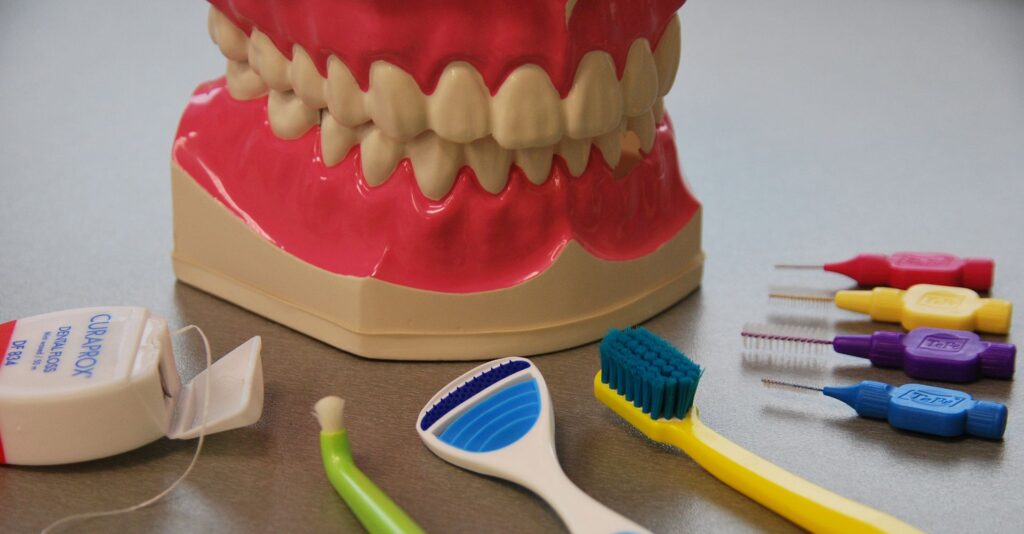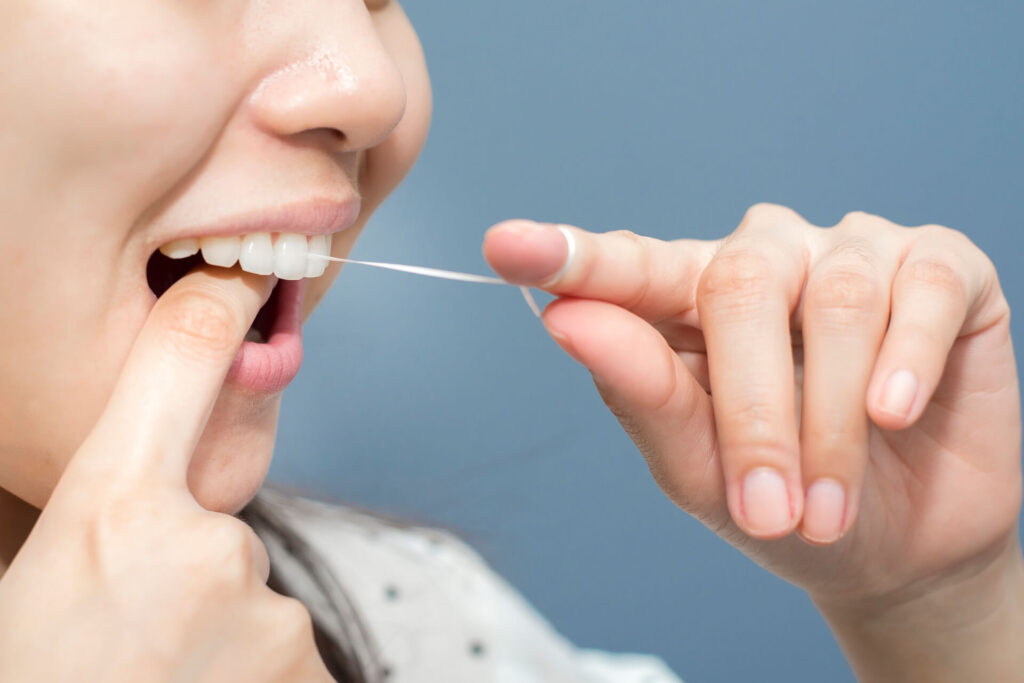What Is Flossing?
Flossing involves taking a thin piece of material, usually made of nylon, and running it between your teeth. It is effective at moving food particles that have become lodged in between your teeth that you may, or may not have noticed. Flossing should be done at least as often as you brush. It may also be advisable to carry some around with you at all times just in case you get food caught in your teeth at a meal.Flossing is considered to be one of the most important oral hygiene habits that a person can have! It is not only good for your teeth, but it can also help prevent tooth decay and gum disease. However, many people floss incorrectly, which can result in floss getting stuck in between your teeth or between your gums and teeth. In this blog post, we will teach you how to floss correctly so that you can get the most out of this health-promoting habit!
How to choose the right type of floss
Plaque and gum disease are two of the most common dental problems. They can be prevented by flossing regularly, but flossing can be a pain. That’s why we’ve put together this guide on how to floss – so you can floss like a pro in no time! First and foremost, always make sure to use enough pressure when flossing. This will help you remove plaque and gum disease from the tooth surface more effectively. Next, select the right type of floss for your needs. There are a variety of flosses on the market, each with its own unique benefits. For example, flossing with silk floss can help to remove food particles and bacteria from between teeth. Different types of floss also have different properties – for example, dental floss is stronger and can be used to remove plaque from around tooth roots.
Are There Different Types Of Dental Floss?
Yes, there are! However, the most important thing is that you are flossing regularly. The different types of floss are mainly there for different preferences. You may need a specific floss for your orthopedic device, in this case, it is important.
Unwaxed Floss
This is the most basic type of floss you can get, it consists of strands of nylon twisted together to make a thread. The lack of wax can make it prone to breaking, but it may also be easier to get into harder spots.
Waxed Floss
This is virtually the same as unwaxed floss, the wax coating strengthens the floss and makes it much less likely to break. The wax may also make it difficult if your teeth are very close together.
Dental Tape
Dental tape gets its name due to the width of the floss, it is wider than standard floss. People tend to find it easier to hold on to than regular floss, and it can be useful if you have wider gaps in your teeth.
Polytetrafluorethylene Floss (PTFE)
Super Floss
Floss Pick
Flavored Vs. Unflavored floss

What Are The Benefits Of Flossing?
Starchy And Sugary Foods

How To Floss
- Take the container of floss, and grab about 18 inches of floss from the container, you don’t need to measure it specifically, just make sure you get enough.
- Once you have the proper length of floss, wrap some around each of your index fingers, as shown in the picture above, this will give you grip to manipulate the floss effectively.
- Take one index finger and position it behind the tooth you want to floss, thread the gap with the floss and move it gently back and forth. Make sure to touch the sides of the tooth and the gums to get the best clean. Never use too much force while flossing as you may damage your gums or teeth.
- Move on to the next tooth and repeat the process until you have cleaned every tooth completely. You will want to use different parts of the floss as you do so to avoid the old food particles you have removed.
Using A Floss Pick
The Risks Associated with Not Flossing
Conclusion
Frequently Asked Questions
Does it matter how often I floss?
As long as you are gentle, you can floss as often as you want! In the best case scenario, you should be doing it after every meal. This can also help get rid of bad breath (halitosis).
Is flossing as important as brushing?
Yes, you need to floss at least as much as you brush, if not more so!
